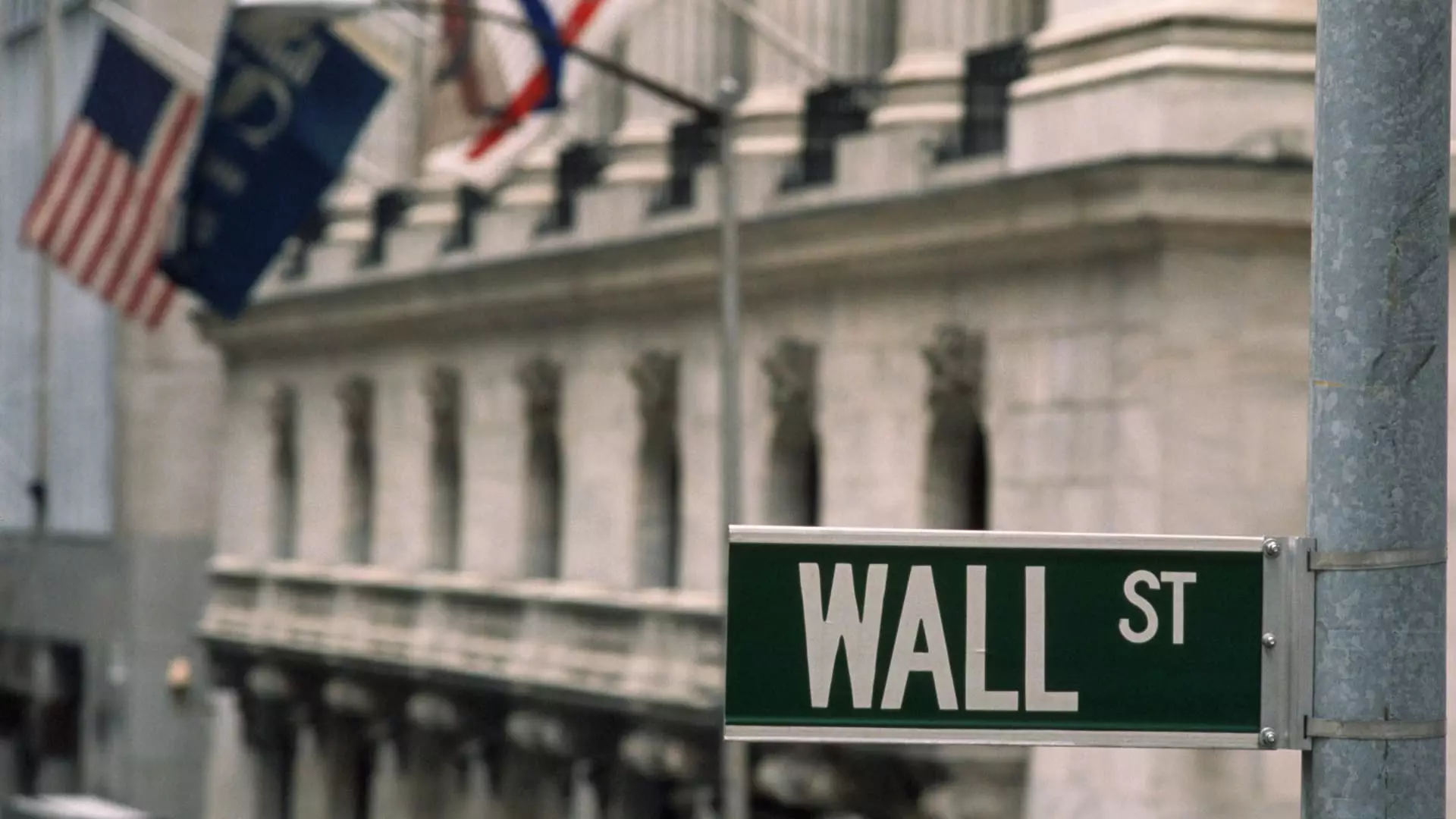The initial public offering (IPO) landscape in 2025 has become a focal point of discussion as over a dozen companies have commenced trading since the year’s onset. However, initial enthusiasm appears muted, leading to questions about whether this hesitation signifies deeper trends within the market. Nasdaq’s president, Nelson Griggs, remains optimistic about the potential for a robust comeback in the latter part of the year, suggesting that the current market dynamics are more complex than they appear.
As many companies take the leap into the public domain, the market has reacted with a cautious ambivalence. The contrasting backdrop of significant IPO activity and lackluster investor response hints at a cautious approach from stakeholders. Griggs likens the IPO market to a pendulum, oscillating between phases of public and private investment. He notes historical patterns where prolonged periods of limited capital raised publicly often lead to a substantial backlog of companies eager to make their market debut.
This characterization encapsulates the paradox faced by many firms aspiring to go public; the allure of the public markets is tempered by the strength of private capital. Companies like Panera Brands have encountered numerous obstacles that illustrate the difficulties in transitioning to public ownership. Similarly, newer entries like Twin Peaks, which officially began trading recently, emerge as strategic maneuvers to alleviate debt burdens rather than purely growth-driven pursuits.
One of the most significant factors impacting the IPO landscape is the evolution of private financing mechanisms. Key players in the private market, such as innovative tech firms like OpenAI, continue to flourish under existing private funding structures, diminishing their urgency to go public. This dynamic allows companies to maintain operational autonomy while still attracting substantial investment, highlighting a notable shift in how businesses approach capital acquisition.
Griggs recognizes that recent innovation has rendered the private sector a viable alternative for many prospective IPO candidates. However, he emphasizes that while private investments provide immediate liquidity, they may not fulfill long-term financial aspirations. The deep-rooted advantages of public trading, primarily sustained liquidity and broader market engagement, remain strong allures for companies contemplating an IPO.
Despite the current climate, the potential for a revitalized IPO market remains on the horizon. Griggs observes that as conditions evolve within the financial ecosystem, incentives for coming to market could resurface more robustly. He indicates that changes in market sentiment may soon bolster the public investment landscape, encouraging companies to reconsider public offerings as an attractive means of capital generation.
By analyzing the duality of public and private investment avenues, we can glean insights into the future trajectory of IPOs. While 2025 may not herald a sweeping resurgence in public offerings, the foundation for potential growth is being laid. For companies navigating this intricate landscape, the decision to go public will hinge on a variety of factors, including market conditions, investor interest, and the ongoing evolution of capital markets. As the pendulum swings, stakeholders must remain agile to adapt to the shifting paradigms of finance.

